Silent Whistle: Oriovac and the Urgent Call for Rail Safety
Unpack the tragic Oriovac rail incident. This deep dive examines railway worker safety, industry hazards, and urgent calls for enhanced protocols to prevent future tragedies on the tracks.
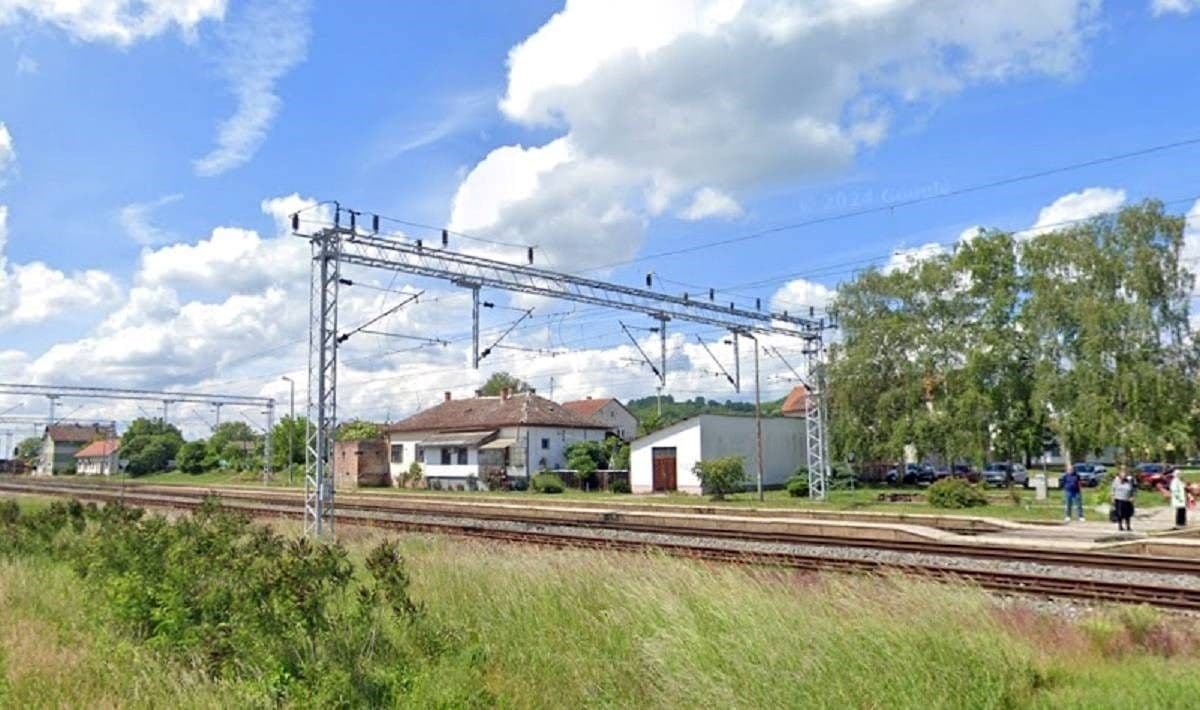
The Unfolding Tragedy at Oriovac Station
A quiet morning at , nestled in Croatia's Brod-Posavina County, was shattered by a devastating incident that underscored the inherent perils of railway maintenance. Just after seven o'clock, the tranquility gave way to urgency as emergency responders converged on the scene. A 41-year-old railway worker, diligently performing his duties on the tracks, was struck by a railway vehicle operated by , the company responsible for the ongoing works. The impact was severe, inflicting life-threatening injuries upon the individual, born in 1984. Despite the swift arrival of medical teams and their desperate efforts, the gravity of his condition meant there was little they could do; he tragically passed away at the scene. This wasn't merely an unfortunate occurrence; it was a profound loss, transforming a routine workday into a site of immense grief and a stark reminder of the unpredictable nature of working in such an environment. As authorities from the meticulously comb through the evidence, conducting an extensive investigation, the community grapples with the sudden, tragic void left by this invaluable member of the rail workforce.

The Human Element of Rail Work
The tragedy at casts a harsh light on the human element often overlooked in the grand scheme of railway development. Behind every mile of track laid, every signal maintained, and every switch repaired, stands a dedicated workforce whose daily grind involves navigating environments fraught with inherent risks. We often perceive railways as seamless arteries of commerce and travel, forgetting the countless individuals who toil under demanding conditions, exposed to heavy machinery, live electrical currents, and the constant threat of moving vehicles. The 41-year-old man who lost his life was not just a statistic; he was someone with a family, aspirations, and a vital role in keeping our rail infrastructure operational. His death serves as a poignant reminder of the personal sacrifices made by these unsung heroes. Their commitment ensures the smooth functioning of a system we frequently take for granted, yet their safety is paramount and must never be compromised. This incident compels us to look beyond the mechanics of the accident and acknowledge the profound human vulnerability at the heart of such essential, demanding work.
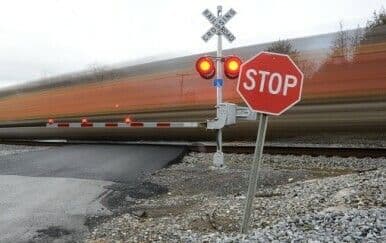
Navigating the Dangers: A Critical Look at Railway Safety
The incident compels a critical examination of the existing safety protocols and operational frameworks governing railway construction and maintenance. How does such a tragedy unfold in an environment presumably governed by strict safety guidelines? It prompts questions about the efficacy of warning systems, communication protocols between on-site personnel and vehicle operators, and the overall supervision of active work zones. Railway environments are inherently dynamic and complex, with multiple contractors, varying work schedules, and the constant movement of both operational trains and maintenance vehicles. Ensuring absolute safety requires not just written rules, but a deeply ingrained culture of vigilance, continuous training, and robust enforcement. Were all necessary precautions in place? Was communication clear and unambiguous? These are the critical inquiries that police investigators in must answer to understand the systemic gaps that might have contributed to this devastating outcome. This unfortunate event underscores the pressing need for a comprehensive reassessment of how we manage risk to protect those who navigate these dangerous paths daily.
Forging Safer Paths: Recommendations and the Way Forward
While the investigation into the tragedy continues, its lessons must propel us towards forging demonstrably safer paths for railway workers. This isn't just about preventing future incidents; it's about honoring the sacrifices already made by fundamentally rethinking safety. Prioritizing advanced technological solutions, such as automated warning systems for track workers and enhanced vehicle detection, could significantly mitigate risks. But technology alone isn't enough. A renewed commitment to rigorous and frequent safety training, emphasizing situational awareness and emergency response, is crucial. Moreover, fostering an unyielding safety culture, where every worker feels empowered to halt operations if they perceive a risk, and where management actively solicits and implements feedback, is paramount. Independent oversight bodies must also play a more proactive role, conducting unannounced inspections and holding all parties accountable. The tragic loss at serves as a potent, if painful, reminder that the vital work of building and maintaining our rail networks demands nothing less than the highest possible standards of protection for its workforce. Only through concerted action and unwavering dedication can we ensure that no more silent whistles mark the end of a workday.
Related Articles
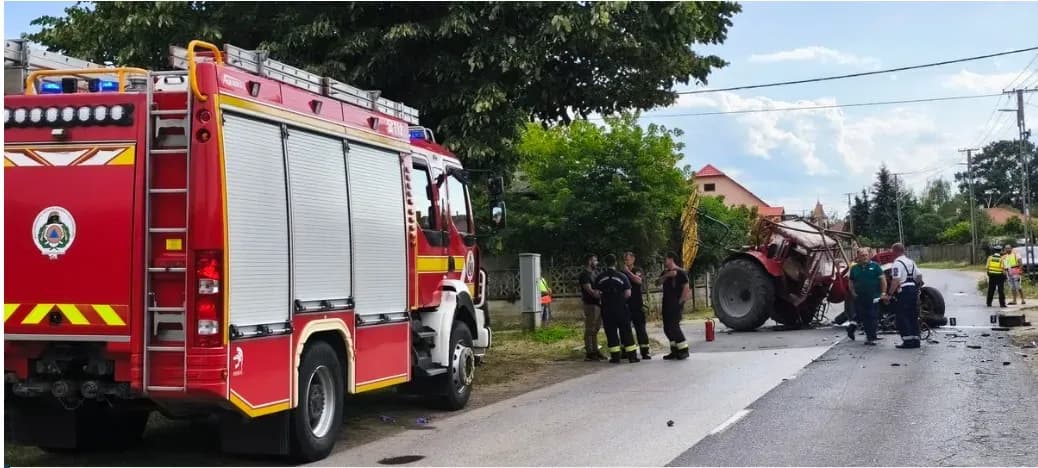
Piricsen's Echo: The Unseen Costs of a Rural Road Collision

Piricsen's Echo: The Unseen Costs of a Rural Road Collision
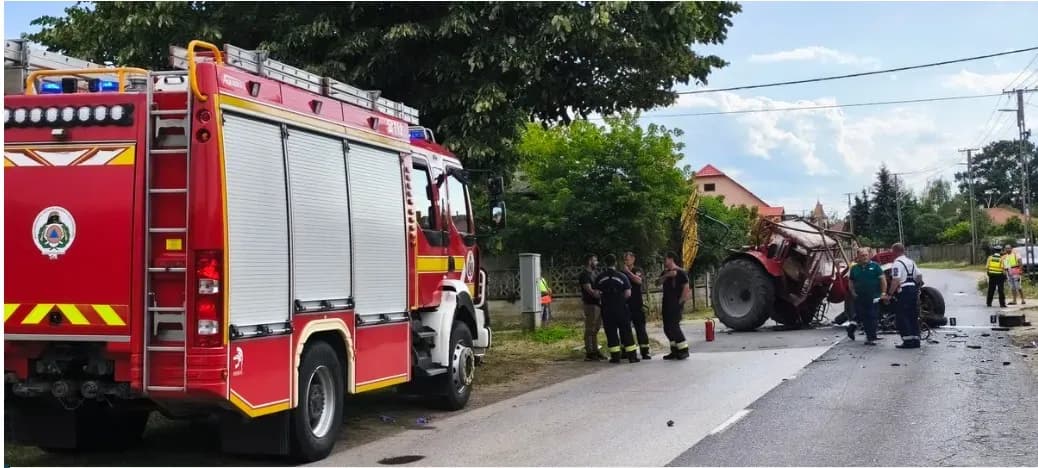
The Unspoken Weight of Loss: A Community Reflects on Piricsen's Tragic Collision

The Unspoken Weight of Loss: A Community Reflects on Piricsen's Tragic Collision

The Indelible Path: Honouring Mattia Debertolis's Spirit and the Sport's Imperatives

The Indelible Path: Honouring Mattia Debertolis's Spirit and the Sport's Imperatives
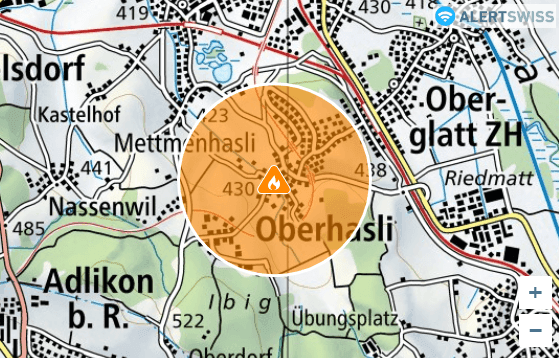
Amidst the Haze: Oberhasli's Untold Tale of a Community Under Pressure
